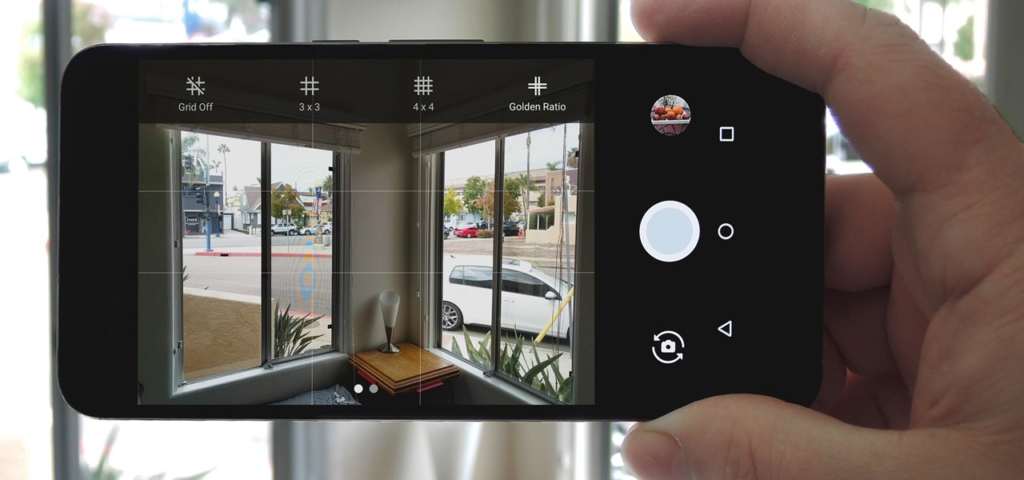A software which was originally designed for Google Glass is behind the cameras of the Google Pixel and the Google Pixel XL. These 12.3-megapixel cameras are the highest rated smartphone cameras on DxOMark. This explains why the Pixel cameras are so highly regarded. A camera technology called Gcam is the reason behind the smartphones’ superior low-light imaging capabilities.

Originally, Alphabet, which is Google’s holding company, had its X-wing working on the Google Glass project. The reason: it wanted its cameras to be as good as commercially available cameras. However, the cameras seen on smartphones could not intake substantial light and consequently led to taking poor photos. Hence, the Google engineers at Google came up with the Gcam solution. Using Gcam, camera sensor can take up more light and produce better photography without the need of an added DSLR.
Another reason behind the Pixel’s superior camera qualities is the Sony IMX378 sensor. This is said to be the single biggest factor behind the high DxOMark. These cameras are very highly rated and are also very well received among camera enthusiasts. Because of the similarities to the HDR (High Dynamic Range) photography, the new Gcam technique was dubbed HDR+. This new photography solution is very agile and yet very nimble. Called “image fusion”, the new Gcam technique allows the camera to capture multiple shots of the same photo in high FPS. These momentary images are then fused to produce the best possible photo. Each of the photos’ best features are combined to produce the whole picture.
Google’s new range of Pixel phones, dubbed muskie and walleye, are said to be equipped with this new Gcam tech as well. Gcam first shipped on Google Glass in 2013 and subsequently arrived as HDR+ on Nexus 5 and 6. Available now as the default camera mode on Google Pixel and Google Pixel XL, this fantastic new technology has made its way to other products like Android, Google Photos, and YouTube.